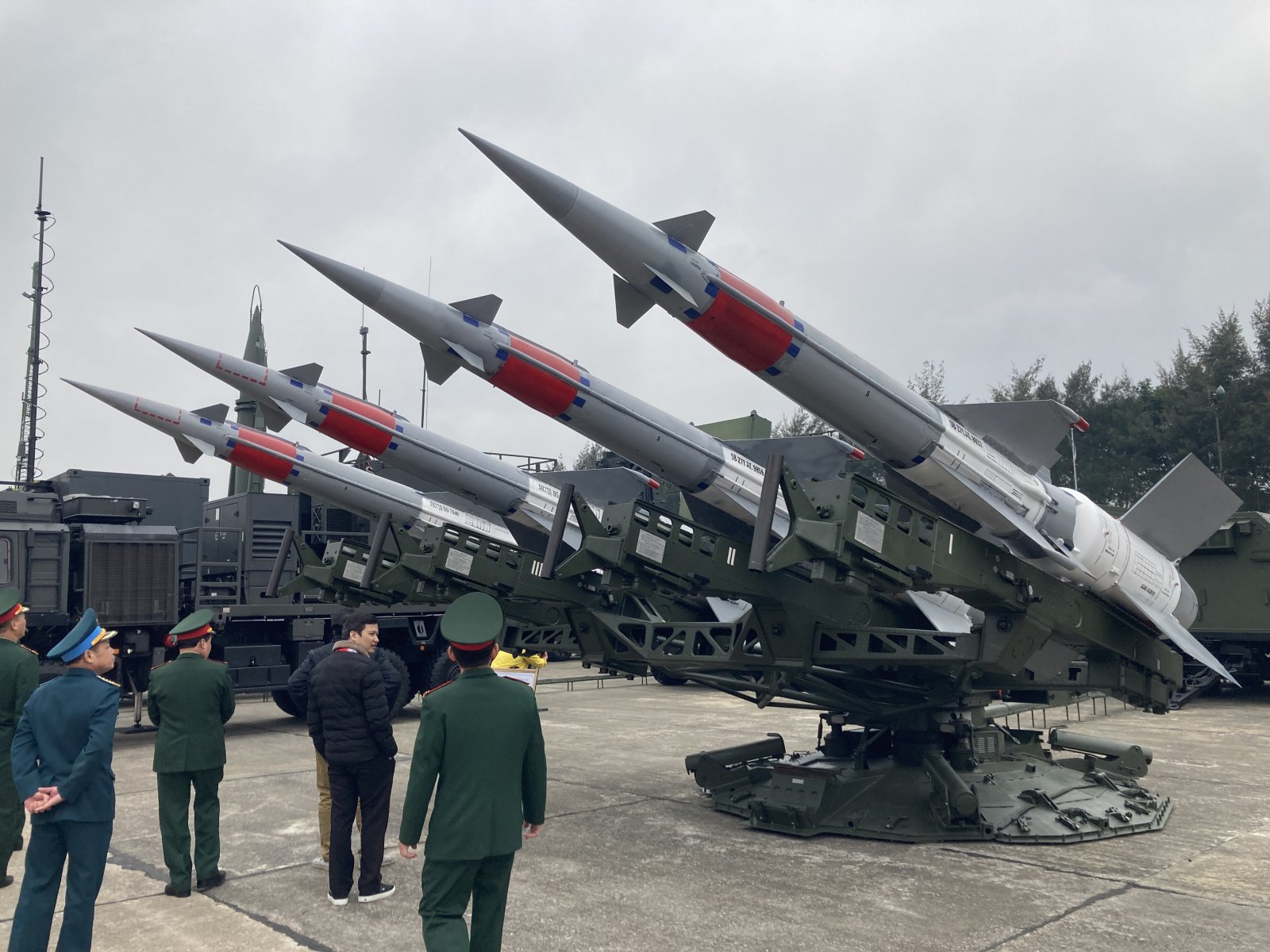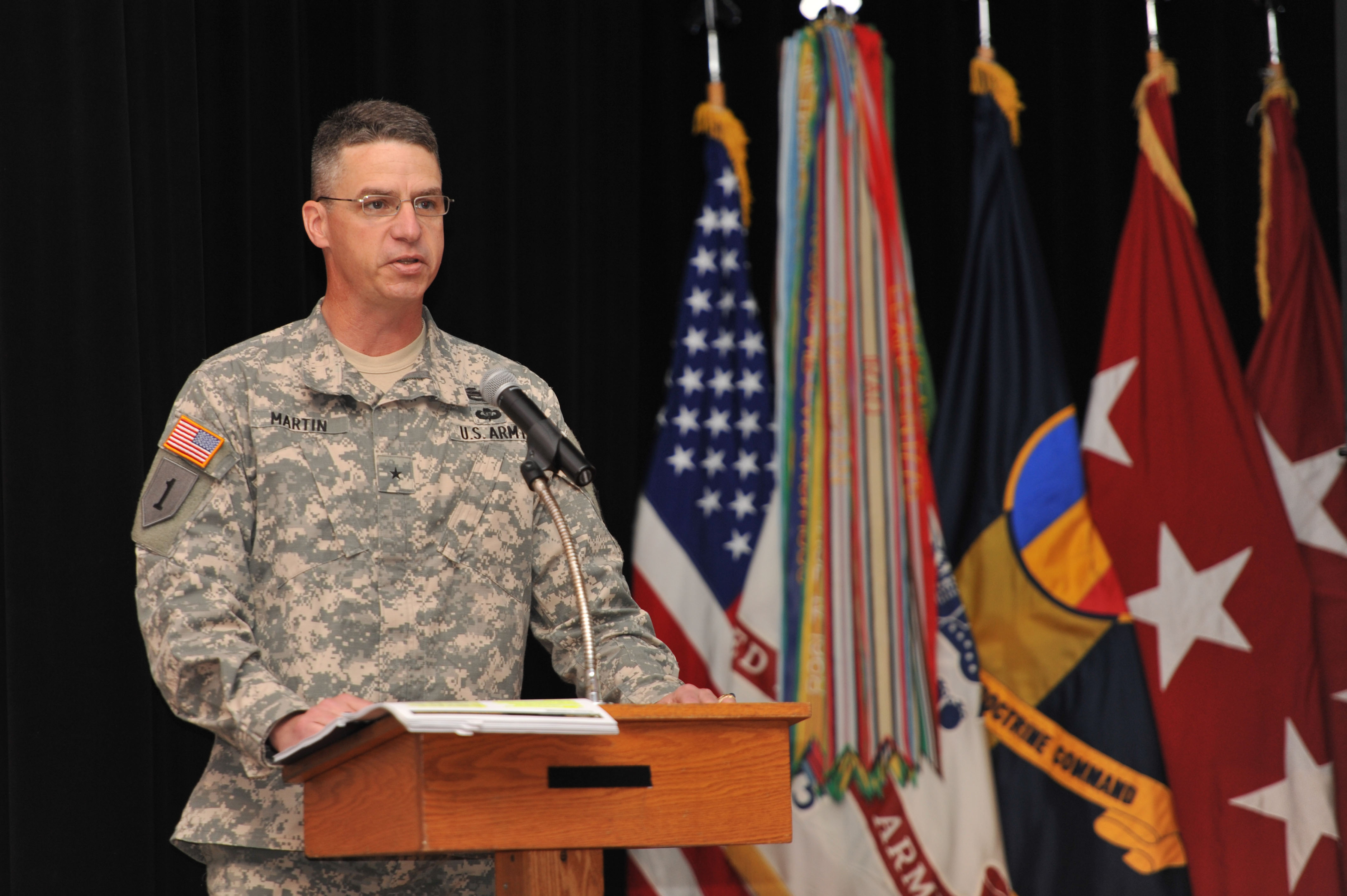Military Technology Major - Although every effort has been made to follow the rules of citation style, there may be some differences. If you have any questions, please refer to the appropriate style guide or other sources.
John Gilmartin Associate Professor of History, The Ohio State University, Columbus. Author of Gunpowder and Galleys: Changing Technology and Mediterranean War at Sea in the Sixteenth Century and others.
Military Technology Major
Encyclopaedia Encyclopaedia editors oversee subject areas in which they have extensive knowledge, whether from years of experience working on that content or from higher education. They write new content and review and edit content received from contributors.
What Is A 'main Battle Tank,' And How Will Ukraine Use Them?
Military technology, weapon ranges, equipment, structures and vehicles used specifically for the purpose of warfare. It contains the knowledge necessary to build such technology, use it in combat, and repair and replenish it.
War technology can be divided into five categories. Offensive weapons deal damage to the enemy, while defensive weapons repel offensive hits. Transportation technology moves soldiers and weapons; Communications coordinate troop movements; And the sensors detect the forces and guide the weapon.
Since ancient times, there has been a critical relationship between military technology, the tactics of its use, and the psychological factors that bind its users into units. Success in combat, the sine qua non of military organizations and the ultimate goal of military technology, depends on the ability of the battle group to coordinate the actions of its members in a tactically effective manner. This coordination is a function of the strength of the forces that bind the unit together and compel its members to forgo individual interests—even life itself—for the good of the group. These forces, in turn, directly affect both tactics and technology.
The impact of technology can be positive or negative. An example of a positive influence is the experience of the ancient Greek hoplite infantrymen. Their weapons and armor were most effective against close formations, which in turn marched step by step, further enhancing cohesion and making the phalanx an excellent tactical formation. A late medieval knight shows an example of the negative impact of technology. He and his charger needed a lot of space to keep his sword and spear effectively in place, but his closed helmet made communication with his comrades extremely difficult. It is therefore not surprising that late medieval knights fought as individuals and were often defeated by cohesive units of less well-equipped opponents.
Us Military Looking For Better Video Game Training Technology
This article traces the development of military technology by historical period, from prehistory to the 18th century. For a discussion of modern military technology,
Small arms, artillery, missile and missile system, nuclear weapons, chemical warfare, biological warfare, reinforcement, tank, naval ship, submarine, military aircraft, warning system and military communication.
A general treatment of actual warfare is found in War, with more specific discussions appearing in articles such as Strategy, Tactics, and Logistics. The social sciences of war, such as economics, law, and the theory of its origins, are also discussed in this article. For military history of the First and Second World Wars,
War requires the use of technologies that also have non-military applications. To describe propulsion systems used in military vehicles, ships, aircraft and missiles,
Hanwha Defense To Help Transform Australian Artillery
Explosive substances. The principles of radar and its military applications are covered in Radar. for principles of airplane flight,
In the distant past, the diffusion of military technology was gradual and uneven. There were several reasons for this. First, the transport was slow and its capacity was small. Second, agricultural technology was no more advanced than warfare technology, so most of their energy was devoted to feeding themselves, and with little economic surplus, the people had few resources for specialized military technology. Low economic development meant that even the benefits of conquest did not pay for the heavy investment in weapons. Third and most importantly, the absolute level of technological development was low. The strong dependence on human muscles was the main cause and the main result of this low level of development. Bound by the limitations of the human body, human ingenuity, technology, and tactics were strongly shaped by geography, climate, and topography.
The importance of geographic and topographical factors, along with limited means of communication and transportation, meant that individual geographic regions tended to develop unique military technologies. Such areas are called military ecospheres. The boundaries of the military ecosphere can be physical barriers such as oceans or mountain ranges; They can also be changes in military topography, a combination of terrain, vegetation, and man-made features that make a particular technology or tactic effective or ineffective.
By the end of the 15th century, the most clearly defined of these were Mesoamerica, Japan, India-Southeast Asia, China, and Europe. (Europe in this context includes the entire Mediterranean basin and the watershed of the Tigris and Euphrates rivers.) With the appearance of the horse archer in Late Antiquity, the Eurasian steppe also became a well-defined military ecosphere.
Military Technology: Canada Awards Rheinmetall Two Major Contracts
The ecospheres with the longest impact on war technology were European and Chinese. Although Japan possessed outstanding, consistent, and effective military technology, it had little influence on developments elsewhere. In Indo-Southeast Asia and Mesoamerica, technologies were developed that were well adapted to local conditions, but they were not particularly advanced. The Eurasian steppes were a special case: normally serving as a route for the limited exchange of knowledge between Europe and China, during Europe's Late Classical and Middle Ages it developed indigenous military technology based on the horse and the composite recurve bow. confronted Europe. and eventually conquered China.
Improved methods of transportation and warfare led to the eventual disappearance of regional ecospheres and their absorption into the European ecosphere. This process began in the 12th century with the Mongol conquest of China and invasions of Europe, and quickly developed into a more distinctly European flavor in the 15th century.
Because European methods of warfare eventually dominated the world, and because the technology of warfare, with few exceptions, developed first and fastest in Europe, this article devotes most attention to the European military ecosystem. It traces the technology of land warfare in this ecosystem from Stone Age weapons to early weapons. For reasons of continuity, battleships prior to the gun age are discussed alongside modern naval ships and craft in the Marineship article. Maj. Steven Noble of the Future Integrated Soldier Technology (FIST) project team demonstrates the latest computerized military equipment at the Army Flying School. Middle Wallop, Hampshire. *....In the future, the soldier will be able to make faster and more accurate decisions on the ground by communicating with commanders thousands of miles away and with air support such as the Apache Longbow helicopter. The equipment includes a head-mounted display on the helmet and a separate display similar to a computer on the palm, a central computer in the backpack, a button switch on the bottom.

Major Stephen Noble's Future Integrated Soldier Technology (FIST) project team demonstrates the latest computerized military equipment at the Army Flying School in Midwallop, Hampshire. *....In the future, the soldier will be able to make faster and more accurate decisions on the ground by communicating with commanders thousands of miles away and with air support such as the Apache Longbow helicopter. The equipment includes a head-mounted display on the helmet and a separate display that looks like a palm-top computer, a central computer in the backpack, switches on the end of the SA80 rifle to control displays and communications, a thermal imager on the SA80, GPS navigation, a Command Net Radio, a Bowman Radio and a Personal Role radio for talking to other soldiers, which are connected with a headset and a microphone.
Fort Eustis Hosts Government Technology Exhibit > Joint Base Langley Eustis > Article Display
Available for editorial and personal use only. Contact us for commercial use. You may use this image in editorial media and for personal use only. Editorial media includes use as a visual reference to support your article, story, review, or educational text. Personal use allows you to make one personal print, card or gift for non-commercial use. not for sale. It must not be used for commercial use, including advertising, marketing, promotion, packaging, advertising, and consumer or trade products.
Get an instant quote for one of our leading volume pricing deals. Call 0400 360 357 or email sales@
Can air apache army away archer radio central computer in backpack command network radio command communication computer computer control solutions show down end equipment fist flight future GPS navigation site hampshire headsets helicopter helmet and includes integrated end as connected longbow main microphone middle military tube military military computerized soldier pistol Fist Lween More News Noble Officer Other Palm Personal Precision Project Radio Rifle Role Sa80 School Separate Shows Similar Soldiers Steven Supports Switch Discussion Team Technology
Information technology major, military technology, information technology major colleges, computer information technology major, computer technology major, health information technology major, military major, technology major, military history major, music technology major, veterinary technology major, financial technology major



0 Comments